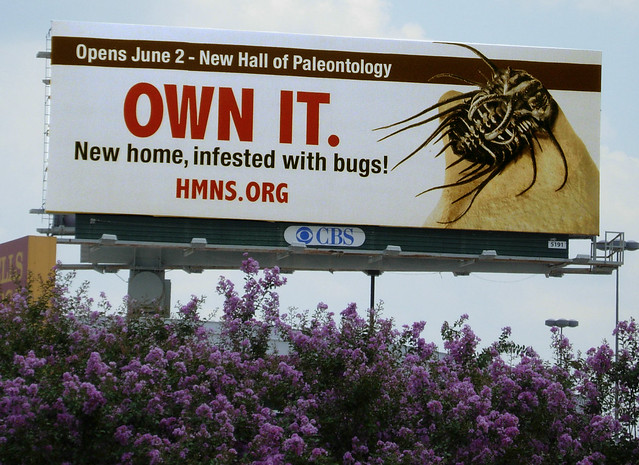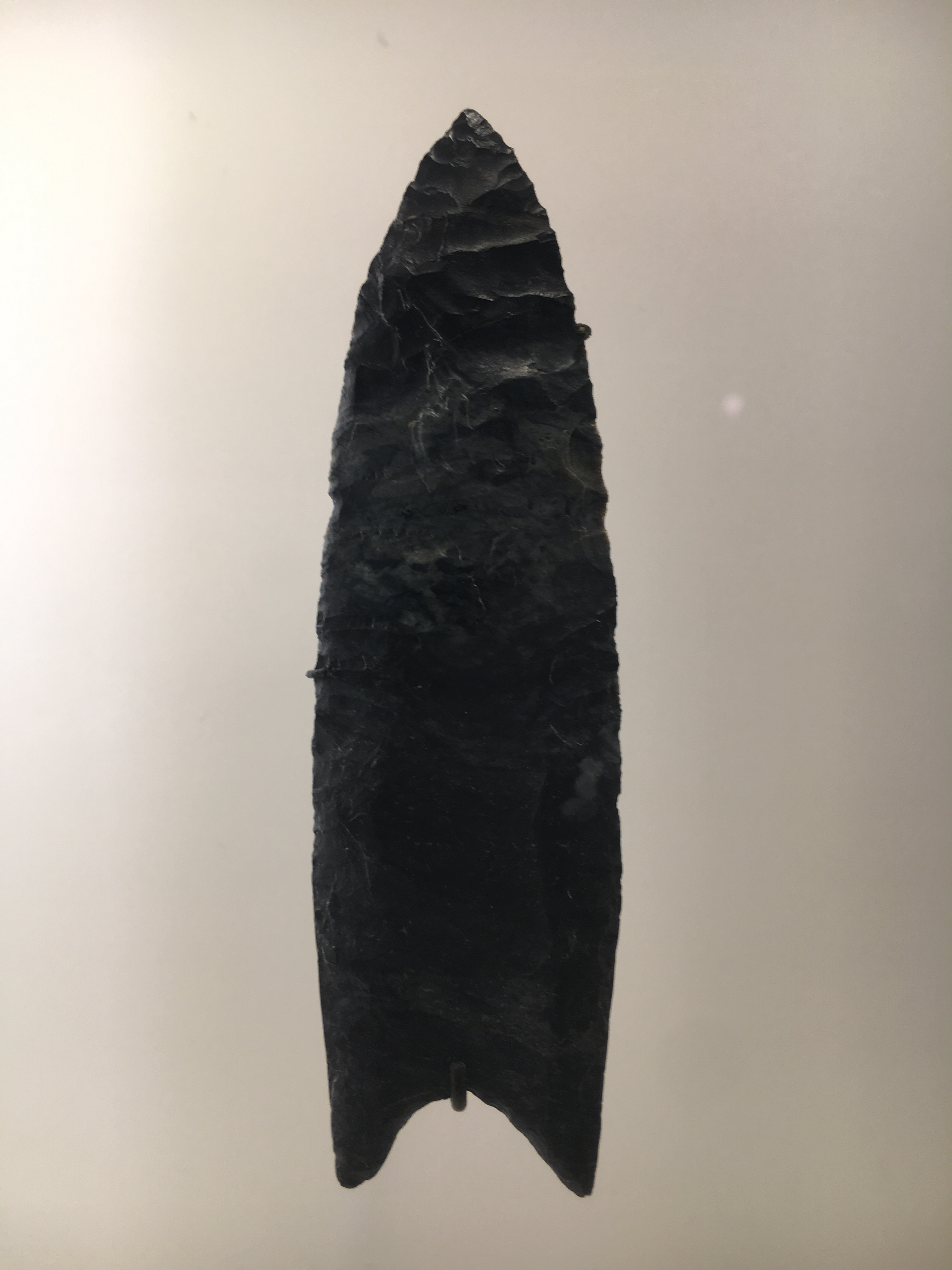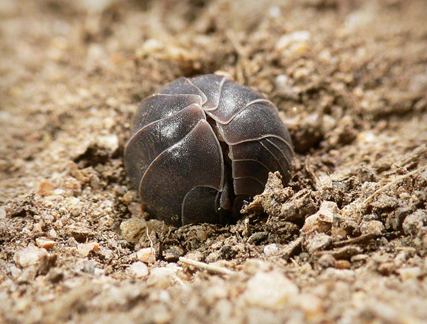When the new paleo hall opened, the Museum put up a billboard warning the public that the hall is infested with BUGS! It really is, but they are not the kind you step on. We have a display that is arguably the “Best In the World.” I will be writing a number of articles on our “Best” displays.
The “bugs” the billboards referenced were trilobites. Trilobites do look a lot like the common pill bugs in your lawn. They are part of the huge family of arthropods, which have hard external skeletons that must be periodically replaced (molted) for the animals to grow. The Museum is fortunate that a trilobite fanatic, Sam Stubbs, lives in our town and has donated about 100 of the most fantastic trilobites you have ever seen. He collects only the most perfect specimens available.
Trilobites were marine animals and were mostly bottom dwellers. I suspect they were as tasty as shrimp, because they started to decline when fish began to populate the oceans. Through time, they grew defensive spines and eyes that were more elaborate. There are two ‘bites on display that apparently occupy the unusual evolutionary niche of the surface swimmer.
Let’s go take a look at them. Here is a map of the trilobite section of the hall that you need:
Look at Wall D, and you will find a case with a Cyclopyge (say “cyclo-pij” not “cyclo-piggy”!). It has a huge pair of eyes that are mostly on the underside of the head. This suggests that the animal was looking for threats from below.
We have an even better swimmer, Symphsops, in a case on Wall K. This animal also has huge eyes pointing mostly down and is streamlined as well, suggesting that it was a FAST surface swimmer.
This is just a taste of what we have in the hall. And there is no excuse for not visiting because the museum has a FREE afternoon (2-5 p.m.) on Thursdays. Thank you, Mr. Stubbs, for infesting our hall with such great ‘bites.











